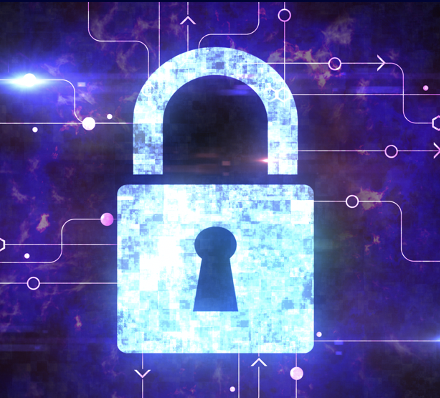Digital Resilience lessons from the events of the past few weeks
Updated January 17, 2021. By Dr. David Wild. MyDigitalResilience Blog
If you are not already digitally resilient, then now is the time to take some action. The first few weeks of 2021 have seen a cascade of events that bring up a lot of issues relating to our use of technology. The President is permanently banned from Twitter and other platforms for incitement to violence. People who took part in the Capitol insurrection are tracked down by cellphone and social media data. The Parler social media platform that was a favorite of right-wing free speech is shut down after Apple and Google remove the app from their stores, and Amazon Web Services turns off hosting services. Before it goes down, a crowdsourced effort to download Parler content results in terabytes of previously public and non-public content being downloaded, presumably to go public in the near future. WhatsApp announced changes to the terms of service for its messaging app which seemed to result in a mass exodus to alternate apps Signal and Telegram. And finally the the Signal app went down for a whole day after its servers were overwhelmed by new members.
There are many lessons to be learned about personal digital resilience here. I think the three most important are:
- Assume you could lose access to anything stored in the Cloud at any time. Even services provided by big companies that are historically very reliable, such as GMail, Google Drive, OneDrive, Twitter, and so on, can disappear without warning - either because the whole service goes down, or, more likely, your account is disabled or suspended for some reason. Remember that 40-page terms of service you agreed to? You are probably already violating something in it. Smaller service providers are usually reliant on the bigger service providers like Amazon. Today is a good day to think: what would happen if I woke up tomorrow to find my Google account had been disabled for suspicious activity? What would I lose? Remember that the Cloud is really someone else's computer - and they have the right to take it away from you, including the storage of all your data.
- Assume that anything you post on a messaging or social media app will become public one day. By definition, using a messaging or social media app means you are deciding to share something with other people, and whenever you do that, you lose control of what happens to that content. Just because something is shared in a "direct message" or on an end-to-end encrypted app doesn't mean it isn't going to be archived somewhere and made public - either through carelessness on the part of the recipients or the service provider. Just because you delete a message, doesn't mean it is actually gone - for example, Twitter content is archived permanently on several websites.
- Understand that technology, and technology policy, can change very rapidly. Something that is available or legal today can be gone or illegal tomorrow. Something that is within terms of service today can be outside terms of service tomorrow. Laws can be passed that drastically change what services are available to you.
The good news it that there are some simple changes you can make to how you use technology that will make the risks to you of something bad happening much lower. If you want to make these changes, I would recommend reading my book The Personal Digital Resilience Handbook, but as a starting point, here are some steps you can take right now:
- Make sure you have a local backup of every file, photo, and piece of content (such as email) that is important to you. By local backup, I mean on a disk drive that is physically under your control. You can get a 4TB disk drive for around $100 that will probably store everything that is important to you. In the Handbook we walk you through a process for keeping your files, photos, emails and other content such as social media posts backed up regularly. Thankfully it's not hard, so start today!
- As well as having backups of data, you should have backups for services that are important to you. For example, if messaging is critical to your family or work life, don't just rely on one provider like Signal or WhatsApp - find a backup, secondary service and test it out. Ideally, choose a backup service that uses a different infrastructure stack than your primary (do some Google searching to find out if the service uses AWS, Azure, Google, etc) - or even better one that is decentralized so not reliant on central servers.
- Do a privacy and security review of your phone and computer. We go through the detailed steps of this in the book, but you can also find plenty of resources online for this.
It sometimes feels like technology is out of our control - and it often is. But it doesn't have to be that way! I hope this post at least gets you thinking about how you can use technology in a more digitally resilient way.
I hope this was helpful for some of you. If you enjoyed this blog post, please check out The MyDigitalResilience website. All material is (C) Copyright 2020 by David Wild. This website is designed to be simple and accessible, and does not contain any trackers of any kind. Suggestions and corrections should be emailed to info@mydigitalresilience.com.